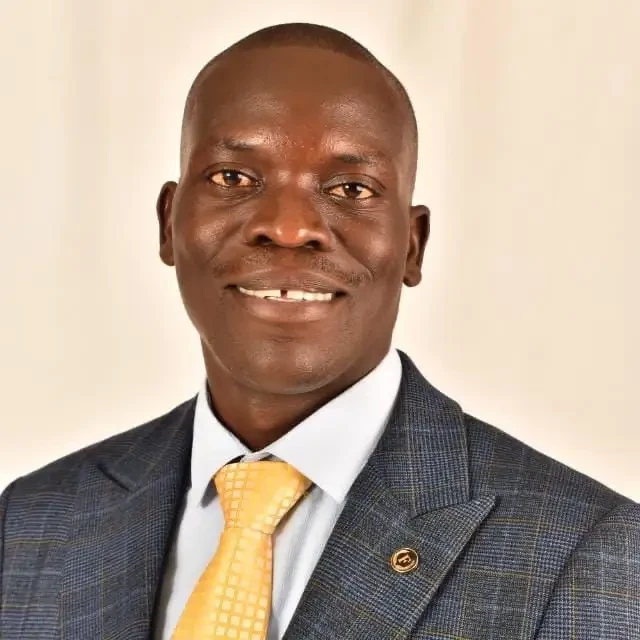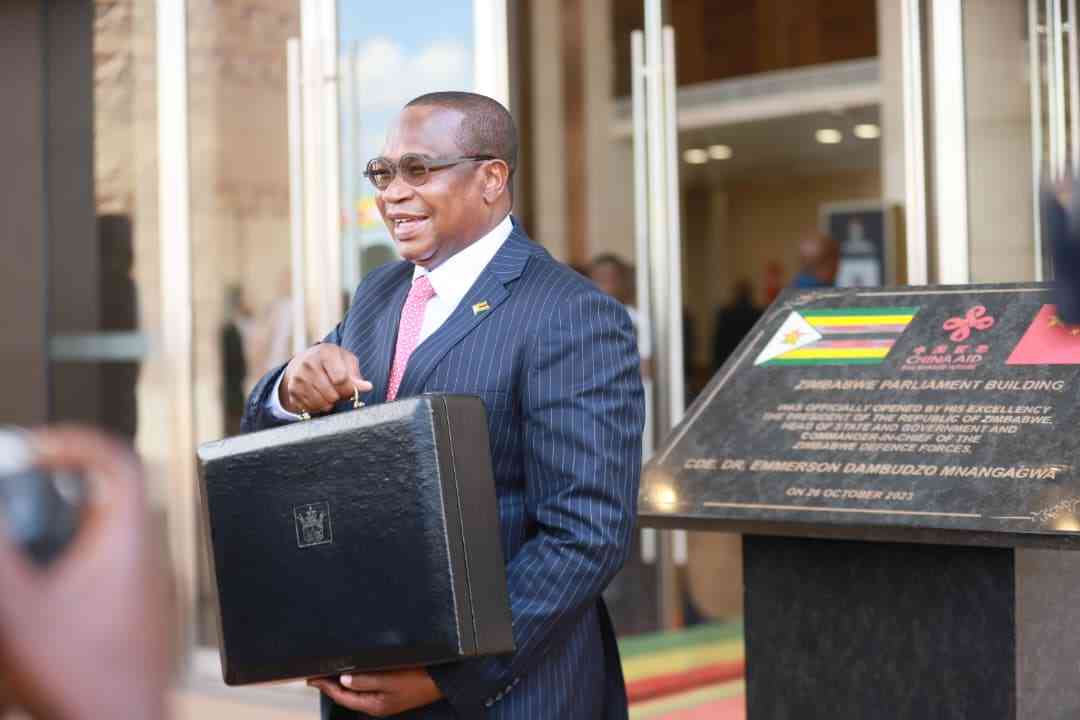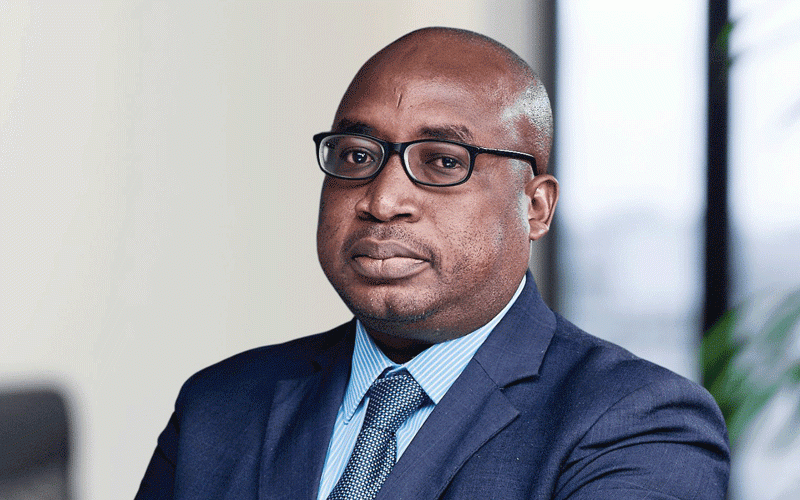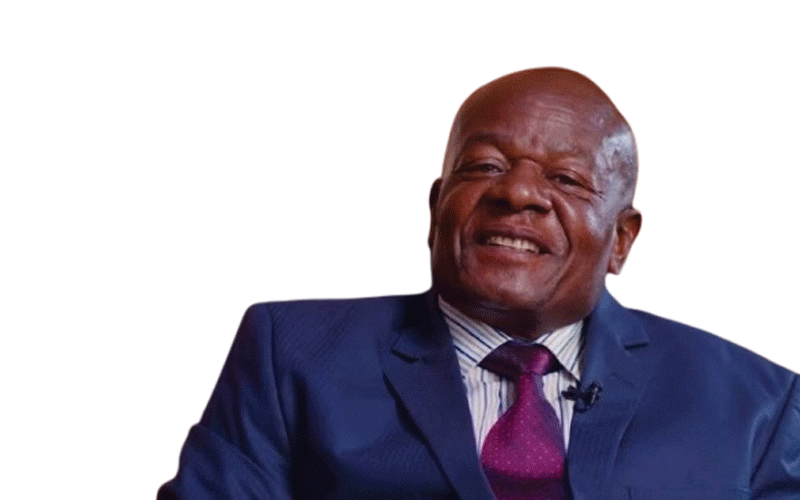
Investors must identify and anticipate potential environmental and social risks associated with their projects and plan to mitigate negative impacts for them to lead to sustainable development, an expert has said.
Oliver Mutasa, the chairman of a local environmental consultancy firm, SustiGlobal, which has been involved in projects worth over US$6 billion in the past 10 years, said this amid growing concern over the destructive impact of some projects, especially in the extractive sector.
The company undertook at least 155 new projects amounting to US$6 659 237 944.58 worth of investments in mining, infrastructure development and other sectors, locally and regionally, drawing Environmental and Social Impact Assessments (ESIAs) that were certified by the Environmental Management Agency (EMA).
ESIAs — previously referred to as Environmental Impact Assessments - are mandated by the Environmental Management Act (Chapter 20:27).
They provide a platform for engagement between developers, affected communities, and regulatory agencies, allowing stakeholders to contribute to project design and decision-making before implementation.
The process also helps project proponents understand the requirements and expectations of various government departments, facilitating smoother project execution.
Furthermore, it leads to the preparation of what is known as the Environmental and Social Management Plan (ESMP), which outlines measures to mitigate identified impacts and promotes the sustainable implementation and operation of the project.
The country has increasingly attracted high quality investments due to the government’s “Zimbabwe is Open for Business” mantra, but there are also some concerns regarding their impact on the biophysical environment, communities and industrial relations.
- Veld fire management strategies for 2022
- Stop harassing media for reporting truth
- Veld fire management strategies for 2022
- News in depth: Mnangagwa’s push for $12 billion mining industry imperils communities
Keep Reading
“Many major projects in Zimbabwe’s extractive sector driven by Chinese investors have boosted economic activity and employment, yet their sustainability remains mixed,” Mutasa said.
“While some have adopted modern technologies and contributed to infrastructure development, others face criticism over weak compliance to labour laws, environmental management, limited community benefits, and inadequate rehabilitation plans and programmes.
“Strengthening oversight, enforcing environmental and social standards, and promoting transparent partnerships are essential to ensure these investments contribute to long-term sustainable development.”
SustiGlobal conducted ESIAs for Dinson Iron and Steel smelting pant and auxiliary sub-projects since in Manhize, Chirumhanzu district; Dinson’s twin 400kV and 88kV transmission line from Sherwood to Manhize, including Resettlement Action Plants and compensation of affected villagers, Zimbabwe Power Company’s Munyati thermal power station repowering project, Zinwa’s Kunzvi Dam and 47,2km pipeline to new Donnybrook water treatment plant as well as rehabilitation of twelve weirs and water gauging stations in Manicaland following Cyclone Idai — a project conducted by the United Nations Office for Projects, among others.
SustiGlobal has also leveraged on the increase of Chinese investments in the country.
In 2020, for example, President Emmerson Mnangagwa visited Hwange to officially open nine projects and four of the nine were managed by Sustiglobal, namely, South Mining New Coking Plant expansion (US$27 Million worth of investment), Zimbabwe Zhongxin Electrical Energy 50MW thermal pPower Plant (US$50 million worth of investment), Dinson Colliery (Afrochine) Coking Plant (US$30 Million Investment) and Zimbabwe Zhongxin Coking Company’s Coking battery (US$20 million investment).
While still in Matabelaland North, SustiGlobal conducted the ESIA for the upgrading of Deka pump station (by ZPC) to bring more water to Hwange Power Station, 7 and 8 expansion.
Regionally, the company has been involved on the Zimbabwe-Zambia-Botswana-Namibia (Zizabona ) 400kV Interconnector line from Hwange to Botswana and Zambia borders including Resettlement Action Plans, and Forensic Environmental Audit of Construction of MR13 Sicunusa — Nhlangano and Mphandze — Mbhadlane roads in Eswatini.
Other projects that have been done with the involvement of SustiGlobal are in the manufacturing, chemicals and tobacco industries, worth millions of dollars.
Further, the company conducts community consultations and industry training and capacity building.
“These trainings empower communities to hold their developers (investors) and government agencies to account for any behaviour that may affect the same communities,” Mutasa said.
He added: “Over the decade, in the 155 projects that SustiGlobal has done, about 155 communities that translate to 4 650 people have been trained in their very communities on impacts of development on environment.”











